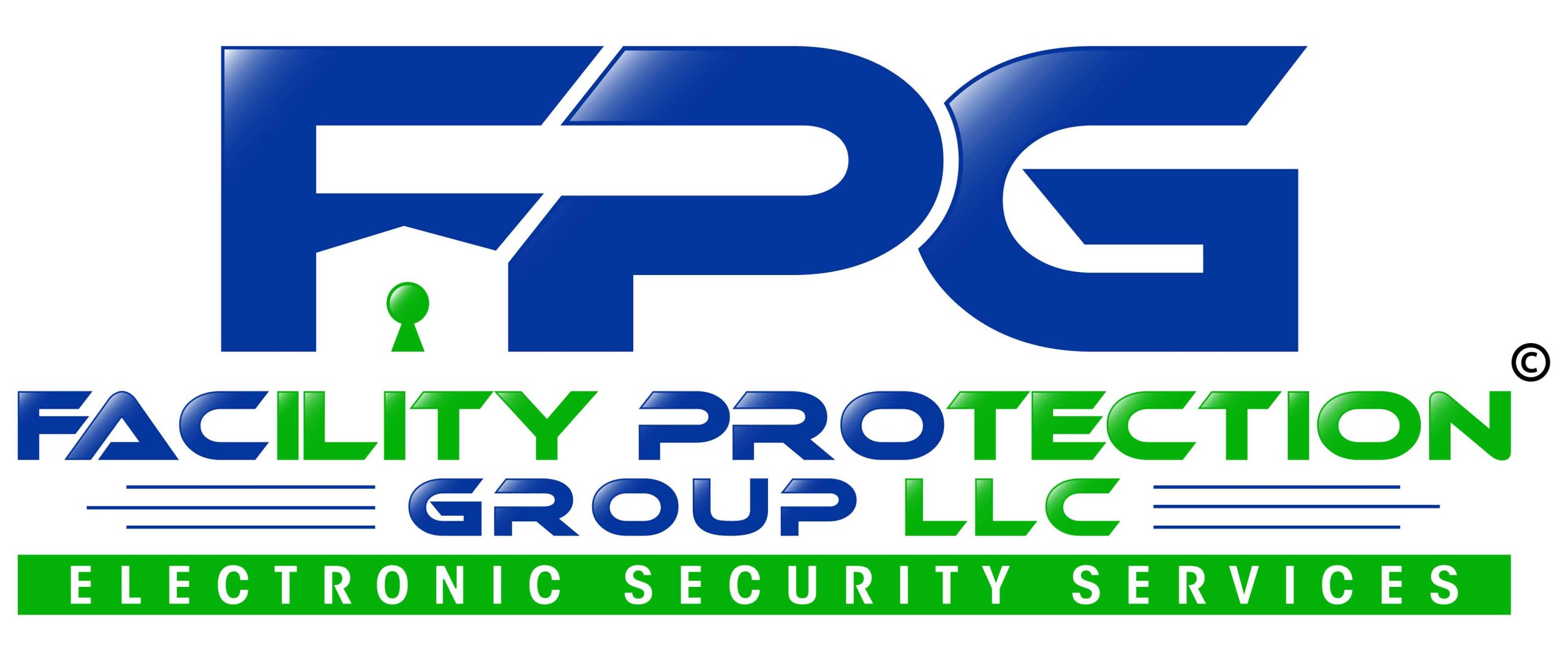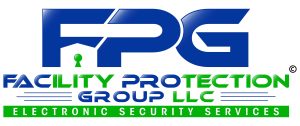
The Importance of Seamless Security Communications
Effective communication is the backbone of any successful security operation. When security personnel can’t reliably connect with one another, critical information falls through the cracks, and response times lag. This can lead to devastating consequences, from security breaches to safety incidents.
Faster Incident Response
Instant, clear communication enables security teams to rapidly identify, assess and address threats. Whether it’s a suspected intruder, a medical emergency or a natural disaster, streamlined information sharing allows for a coordinated, expedient response.
Enhanced Situational Awareness
Integrated systems provide security personnel with real-time visibility into unfolding events across the entire facility. By consolidating data from various sensors and monitoring sources, these solutions give teams a comprehensive,360-degree understanding of the security landscape.
Improved Staff Safety
Reliable communication is a critical safeguard for security staff working in remote or high-risk areas. Panic buttons, staff duress alarms and other emergency features can summon immediate assistance, potentially preventing harm.
Operational Efficiency
Seamless coordination between security, facilities, and other departments optimizes workflows and minimizes disruptions. Teams can swiftly mobilize the right resources to address issues, rather than wasting valuable time on inefficient, siloed communication.
Scalability and Flexibility
Modular, cloud-enabled security communication systems can easily accommodate organizational growth, new sites, and evolving security requirements. This future-proofs the investment and ensures the system remains relevant.
Key Components of Integrated Security Communication Systems
Comprehensive security communication systems typically encompass a range of interconnected technologies and capabilities, including:
Two-Way Radios
Rugged, purpose-built two-way radios provide the backbone for reliable, always-on voice communication between security personnel. Advanced features like GPS tracking, emergency alerts, and encrypted channels enhance situational awareness and staff safety.
Dispatch Consoles
Centralized dispatch consoles serve as the nerve center of the security communication network. These intuitive interfaces allow operators to monitor activity, manage incident response, and coordinate resources across multiple sites.
Wireless Panic Buttons
Discreet, wearable panic buttons empower security staff to instantly summon assistance in the event of a threat or emergency. These devices seamlessly integrate with the broader communication system for a rapid, coordinated response.
Paging and Mass Notification
Integrated paging and mass notification capabilities enable security teams to rapidly disseminate critical information and instructions to all personnel, whether on-site or remote. This ensures everyone remains informed and able to take appropriate action.
Mobile Apps and Smartphones
Secure, purpose-built mobile apps and ruggedized smartphones extend the reach of the security communication network, allowing personnel to stay connected from anywhere. These devices can serve as both communication tools and data collection points.
Interoperability with Other Systems
The ability to integrate security communications with access control, video surveillance, and other security systems is crucial. This holistic approach provides a unified, comprehensive view of the security landscape.
Selecting the Right Security Communication Solution
When evaluating security communication systems, organizations should consider a range of factors to ensure the solution aligns with their unique operational requirements and budgetary constraints:
Coverage and Capacity
Assess the system’s ability to provide reliable, high-quality coverage across the entire facility, even in challenging environments like underground areas or large open spaces. Ensure the solution can accommodate the required number of concurrent users without compromising performance.
Scalability and Flexibility
Choose a modular, cloud-enabled platform that can easily scale to support organizational growth, new sites, and evolving security needs. Avoid solutions that lock you into a rigid, proprietary infrastructure.
Interoperability and Integration
Prioritize systems that seamlessly integrate with your existing security technologies, as well as critical business applications. This streamlines workflows, enhances situational awareness, and maximizes the return on your investment.
Ease of Use and Management
Security personnel should be able to intuitively operate the communication system, with minimal training required. Additionally, the solution should provide centralized management capabilities to simplify administration and troubleshooting.
Resilience and Redundancy
Robust backup power, failover mechanisms, and redundant network paths are essential to ensure uninterrupted communication, even in the face of power outages, natural disasters, or other disruptions.
Compliance and Regulatory Requirements
Depending on your industry and location, the security communication system may need to adhere to specific regulatory standards or certifications. Carefully review these requirements to ensure the solution meets all necessary compliance criteria.
Implementing Integrated Security Communication Systems
Successful implementation of an integrated security communication system requires a thoughtful, multi-faceted approach. Key steps in the process include:
Comprehensive Needs Assessment
Engage with key stakeholders, including security personnel, facilities managers, and IT teams, to thoroughly understand the organization’s security challenges, communication pain points, and operational requirements. This will inform the system design and ensure the solution delivers maximum value.
Careful System Design
Leverage the expertise of experienced security communication system integrators to design a tailored solution that addresses your specific needs. This includes determining the optimal hardware and software components, network architecture, and integration points with other security systems.
Phased Rollout and Training
Implement the solution in a phased approach, starting with a pilot deployment to validate the design and gather user feedback. Provide comprehensive training to ensure security personnel can confidently operate the system and leverage all its capabilities.
Ongoing Monitoring and Maintenance
Designate a dedicated team to continuously monitor the security communication system’s performance, identify potential issues, and implement timely updates and upgrades. Proactive maintenance is crucial to maintaining system reliability and effectiveness.
Regular Testing and Drills
Routinely test the system’s functionality, including emergency response capabilities, to ensure seamless operation during critical incidents. Incorporate security communication drills into the organization’s broader emergency preparedness protocols.
Real-World Success Stories
Integrated security communication systems have enabled organizations across diverse industries to enhance their security posture and protect their people and assets. Here are a few inspiring examples:
Securing a High-Profile Retail Destination
A renowned shopping mall in a major metropolitan area faced an ongoing challenge with coordinating security responses across its expansive campus. By implementing a state-of-the-art security communication system, the mall was able to achieve faster incident response times, improve staff safety, and enhance overall operational efficiency.
Safeguarding a Critical Manufacturing Facility
A leading automotive manufacturer recognized the need for a reliable, resilient communication network to protect its sprawling production facility. The organization deployed a comprehensive solution featuring two-way radios, dispatch consoles, and integrated access control, enabling security teams to maintain constant situational awareness and respond swiftly to any disruptions.
Connecting a Distributed Healthcare Network
A large hospital system with multiple campuses struggled to ensure seamless communication between security personnel, facilities staff, and emergency responders. By unifying their security communication infrastructure, the organization was able to improve patient and visitor safety, streamline operational workflows, and enhance overall security resilience.
In an era of evolving security threats and operational complexities, integrated communication systems have emerged as a vital tool for safeguarding businesses and protecting personnel. By investing in these advanced solutions, organizations can empower their security teams, enhance situational awareness, and respond more effectively to critical incidents.
Contact Us (813-570-8669) for a free consultation!
View Past Projects
—
 About Facility Protection Group
About Facility Protection Group
Facility Protection Group is a Florida state certified systems contractor specializing in electronic security services supporting both traditional and cloud based Access Control (Card Access), Video Surveillance / CCTV, Audio / Video Intercoms, and Intrusion Alarm Systems. Founded in 2018 and located in Tampa, Florida; Facility Protection Group has assembled a team that has a tremendous wealth of industry knowledge and experience.

 About Facility Protection Group
About Facility Protection Group